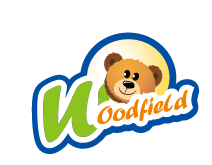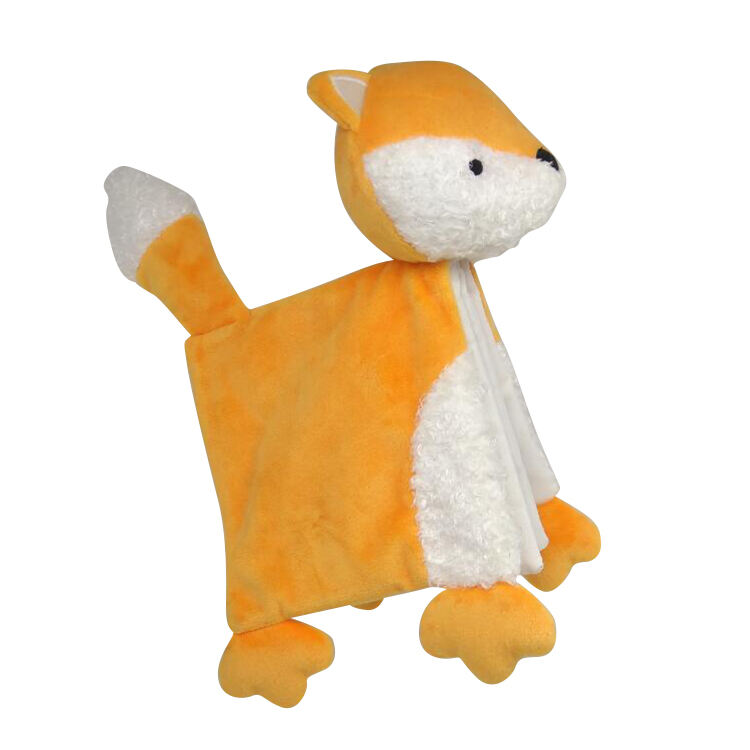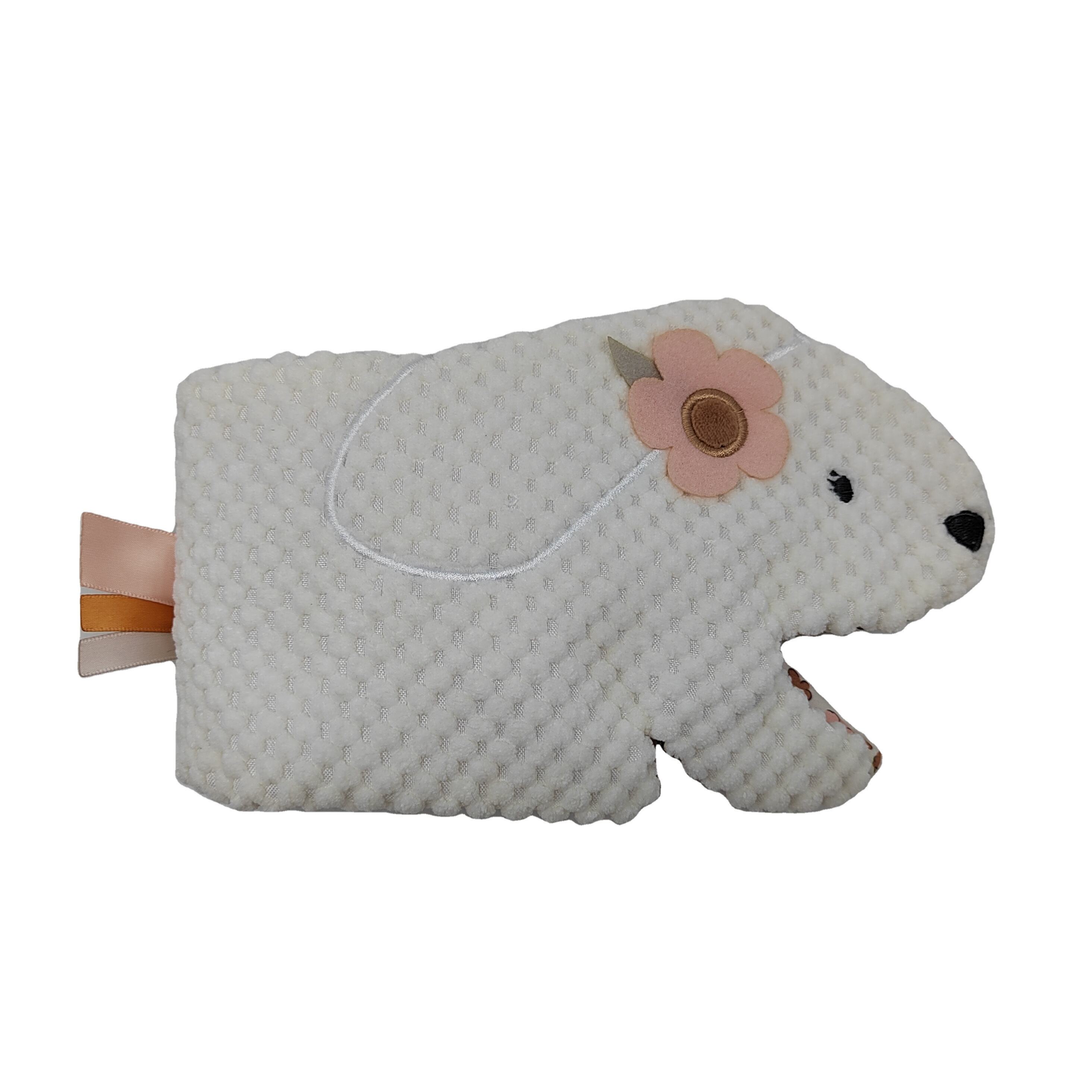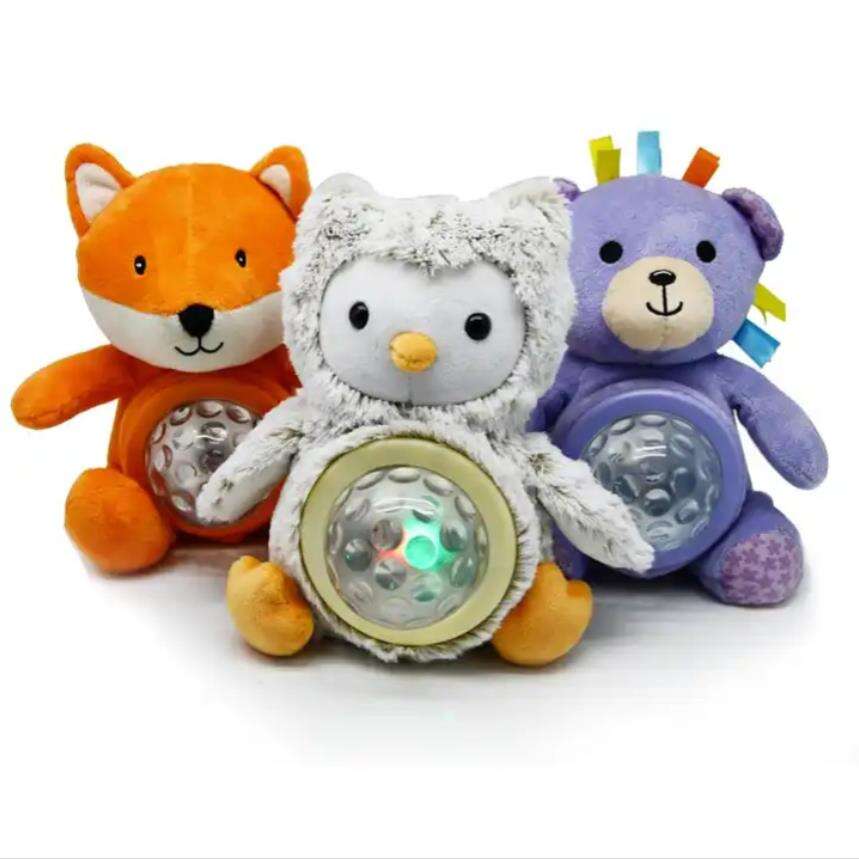Benefits of Educational Toys in Enhancing Cognitive Skills
How Educational Toys Boost Cognitive Development
Stimulating Problem-Solving Skills Through Play
Educational toys are excellent tools for boosting children’s problem-solving skills. These toys engage young minds in trial and error activities, encouraging resilience and adaptability. For instance, puzzles and building blocks require children to strategize and find solutions, effectively enhancing their cognitive abilities. According to research in educational psychology, play is pivotal for cognitive development, enabling children to approach challenges creatively and effectively.
Enhancing Memory & Pattern Recognition
Educational toys that incorporate memory games and matching activities play a crucial role in enhancing children’s memory and pattern recognition skills. These activities improve short-term memory and overall cognitive functioning, as corroborated by studies in child development. Toys that require sequencing and categorization aid in developing logical thinking, a skill of significant importance for academic success later in life.
Encouraging Logical Reasoning with Sensor Lab Concepts
Utilizing toys embedded with sensor lab concepts can significantly bolster a child’s logical reasoning abilities. These toys introduce children to hands-on scenarios where logic and reasoning are key, enhancing cognitive frameworks. Experiments with educational sensor lab equipment allow children to test hypotheses and observe outcomes, solidifying their understanding of cause and effect. This experiential approach aligns with theories from educational specialists who advocate interactive learning for cognitive development. Incorporating educational sensor lab equipments into play further bridges the gap between play and structured learning.
Top Educational Toys for Cognitive Growth
Custom Personalized Baby Cloth Books
Custom Personalized Baby Cloth Books are an excellent choice for engaging infants through both visuals and textures. These books assist in memory and language acquisition by offering tactile learning experiences and delightful narratives. The personalization aspect allows for a deeper emotional attachment, as children see themselves in the stories, which enhances retention and fosters emotional connections with educational materials.
Personalized Early Learning Cloth Books
Personalized Early Learning Cloth Books are crafted with interactive elements that invite curiosity and engagement—crucial for cognitive growth in early childhood. These books are customizable to match each child’s interests, significantly enhancing cognitive and emotional development by personalizing learning experiences.
Interactive Animal Tail Fabric Books
Interactive Animal Tail Fabric Books provide tactile exploration opportunities while teaching cause and effect through playful interactions. Their narrative element encourages imaginative thinking, contributing to both cognitive and emotional growth by engaging children’s creativity and reasoning.
Sensory-Rich Activity Centers
These centers are constructed to provide a comprehensive sensory experience, combining sounds, lights, textures, and shapes to engage children wholly. These multi-sensory toys help in building neural connections by fostering active exploration and inquisitive behavior in young minds.
Interactive Animal Tail Fabric Books
Interactive Animal Tail Fabric Books provide tactile exploration opportunities while teaching cause and effect through playful interactions. Their narrative element encourages imaginative thinking, contributing to both cognitive and emotional growth by engaging children’s creativity and reasoning.
Sensory-Rich Activity Centers
These centers are constructed to provide a comprehensive sensory experience, combining sounds, lights, textures, and shapes to engage children wholly. These multi-sensory toys help in improving cognitive skills by providing interactive and enjoyable learning opportunities. These activity centers encourage children to explore their surroundings through touch, hearing, and sight, helping to develop a more robust understanding and memory retention.
Age-Appropriate Cognitive Development Toys
0-12 Months: Sensory Exploration Foundations
During a child’s first year, sensory exploration is the foundation of cognitive development. Educational toys crafted for this age bracket stimulate vital sensory skills, including auditory, visual, and tactile processing. Research supports that a rich sensory environment during this period can lead to enhanced developmental milestones and cognitive outcomes as children mature, making the choice of toys exceedingly important for fostering an environment conducive to growth and learning.
1-3 Years: Language & Motor Skill Integration
As children progress to toddlerhood, educational toys should facilitate language and motor skill development. Engaging with toys—such as those that involve stacking, sorting, or building—helps toddlers synchronize hand-eye coordination with cognitive activities. These actions further language development, as children describe what they’re doing and start correlating words to objects. The interaction with these educational tools propels children towards achieving proficient language skills, laying the groundwork for their future educational success.
Advanced Problem-Solving Practice for Ages 3-6
This stage of development calls for toys that encourage complex logical thinking and advanced problem-solving. Through engaging in structured play, children enhance their cognitive resilience, enabling them to tackle more sophisticated challenges effectively. Research suggests a strong correlation between early problem-solving skills and later academic achievement, underscoring the importance of providing age-appropriate educational toys that challenge yet encourage confidence in a child’s capabilities.
Choosing Effective Cognitive Development Toys
Safety & Material Considerations
Prioritizing safety when selecting cognitive development toys is imperative to protect young learners. With children often learning through exploration, which involves putting objects in their mouths, ensuring all toys are made from non-toxic materials and are age-appropriate can significantly reduce hazards of choking or poisoning. Adhering to safety regulations and selecting toys that are durable and free from any harmful substances helps create a reliable learning environment that supports a child’s well-being and growing intellect without unnecessary risks.
Matching Complexity to Developmental Stages
Providing toys that match the child’s developmental stage is essential for effective learning and growth. Assess a child’s progress and adapt the complexity of their toys to fit their evolving capabilities and interests. Striking the right balance between challenge and accessibility in a toy enables children to engage fully in stimulating activities that offer opportunities for exploration and learning, fostering both confidence and competence in young learners.
Multi-Sensory Features That Maximize Learning
To maximize learning, educational toys should incorporate a variety of sensory elements such as visual stimuli, sound, and tactile experiences. This multi-sensory approach enhances learning, attention, and memory retention by stimulating a child’s various senses. Toys that incorporate multi-sensory experiences provide children with a dynamic and interactive learning experience, encouraging them to think critically, solve problems, and engage deeply with their surroundings. By catering to various learning styles, these toys enable children to absorb knowledge in a holistic manner, encouraging continuous curiosity and exploration.
FAQ Section
What are some examples of educational toys?
Examples of educational toys include puzzles, building blocks, memory games, matching activities, sensor lab concept toys, personalized cloth books, and interactive fabric books.
How do educational toys improve cognitive development?
Educational toys enhance cognitive development by improving problem-solving skills, memory, pattern recognition, logical reasoning, and offering a multi-sensory learning experience. They stimulate various senses including sight, sound, and touch, which enhances memory retention and cognitive processing.
Why is sensory exploration important for infants?
Sensory exploration is crucial during an infant's first year as it forms the foundation for cognitive development. It involves engaging a baby's senses (sight, touch, sound), which helps develop essential skills and contribute to future learning outcomes.
What should I consider when choosing educational toys for children?
When choosing educational toys, prioritize safety by ensuring they are made from non-toxic materials and free from choking hazards. Additionally, match the toy complexity to the child’s developmental stage and look for toys with multi-sensory features to maximize learning. Choose toys that will engage a child’s visual, auditory, and tactile senses to enhance their cognitive development.
Recommended Products
Hot News
-
Selecting the Right Educational Toys for Different Age Groups
2024-11-08
-
Materials Used in the Production of Stuffed Animals
2024-11-04
-
Chinese Plush Toy Factories Lead the Global Market with Innovation and Quality
2024-01-23
-
How Plush Toys Can Boost Your Mental Health and Well-Being
2024-01-23
-
Plush Toys Factory Industry Trends: A Growing Market with Challenges and Opportunities
2024-01-23
-
Plush Toys Market Demand on the Rise
2024-01-23
-
Woodfield Website Online
2024-01-22

 EN
EN
 AR
AR
 BG
BG
 HR
HR
 DA
DA
 NL
NL
 FI
FI
 FR
FR
 DE
DE
 EL
EL
 IT
IT
 JA
JA
 KO
KO
 NO
NO
 PT
PT
 RO
RO
 RU
RU
 ES
ES
 SV
SV
 TL
TL
 IW
IW
 ID
ID
 SR
SR
 UK
UK
 HU
HU
 MT
MT
 TH
TH
 TR
TR
 FA
FA
 MS
MS
 GA
GA
 IS
IS
 EU
EU
 BN
BN
 LO
LO
 LA
LA
 SO
SO
 KK
KK




.png)
.jpg)
